Home>diy>Building & Construction>Why Do Construction Workers Wear Bright Colors
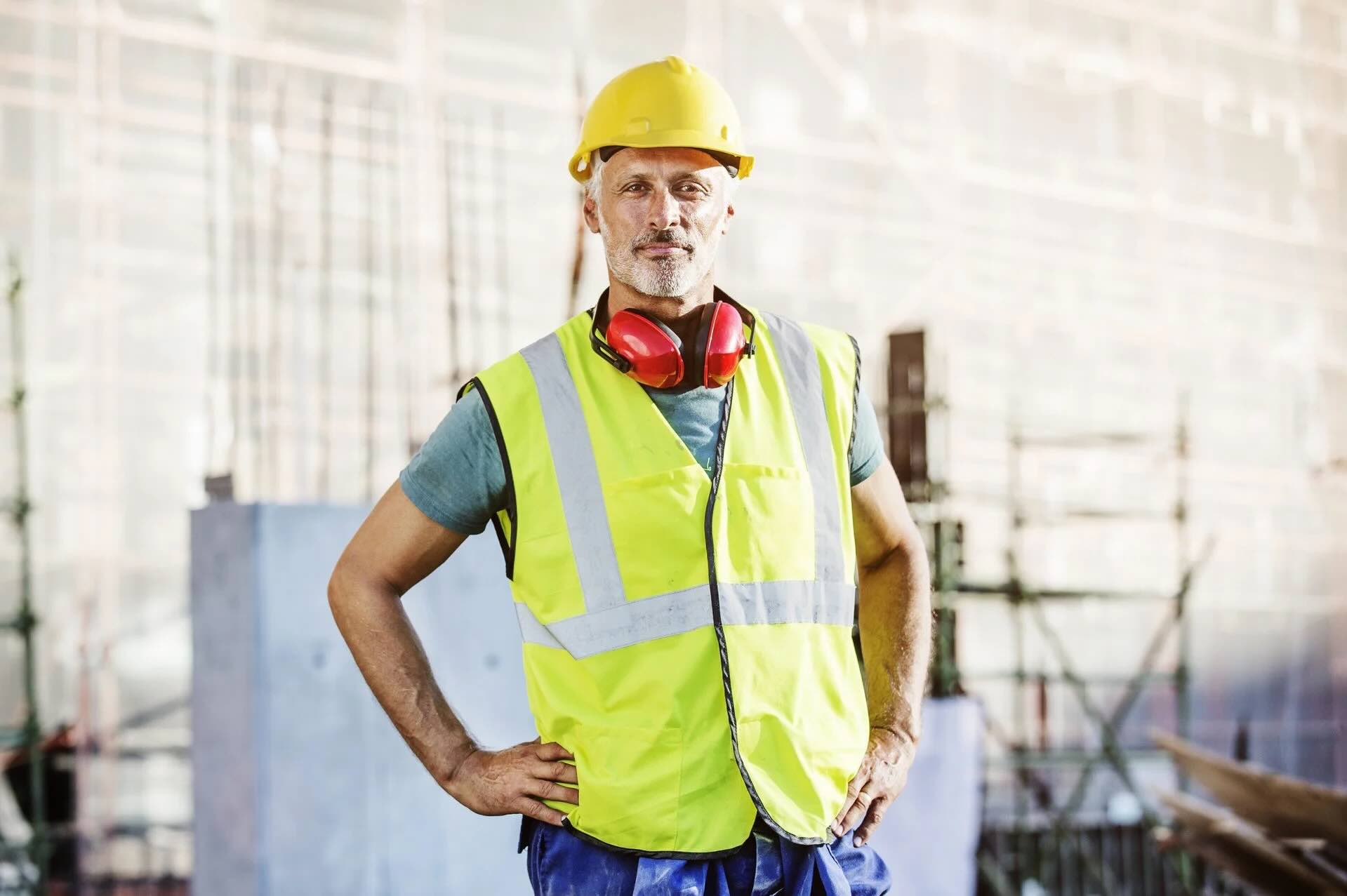

Building & Construction
Why Do Construction Workers Wear Bright Colors
Modified: September 2, 2024
Discover the reasons behind why construction workers wear bright colors. Learn how these vibrant hues enhance safety in the building construction industry.
(Many of the links in this article redirect to a specific reviewed product. Your purchase of these products through affiliate links helps to generate commission for Storables.com, at no extra cost. Learn more)
Introduction
In the world of construction, safety is paramount. From ensuring structural integrity to protecting workers from potential hazards, every aspect of a construction site is carefully managed. One essential component of construction site safety is the visibility of workers. This is why construction workers often wear bright colors, ensuring they are easily seen by their fellow workers, as well as passing vehicles and pedestrians.
The importance of high visibility in construction cannot be overstated. Construction sites are filled with heavy machinery, moving vehicles, and potentially dangerous materials. Without proper visibility, accidents can easily occur, leading to serious injuries or even fatalities. That is why construction workers make it a priority to wear clothing that stands out, alerting everyone around them to their presence.
But why do construction workers specifically choose bright colors for their attire? What is the purpose behind this choice? In this article, we will explore the reasons for construction workers wearing bright colors, the safety regulations that emphasize visibility, and other measures taken to ensure the safety of those working in the construction industry.
Key Takeaways:
- Construction workers wear bright colors for enhanced visibility, accident prevention, and compliance with safety regulations. This proactive measure promotes safety and ensures smooth operations on bustling construction sites.
- High visibility clothing, along with comprehensive safety measures, protects construction workers, minimizes accidents, and contributes to the successful completion of construction projects. Prioritizing safety is crucial for all involved.
Read more: What Do Construction Workers Wear
Importance of Visibility in Construction
Visibility is a critical factor in the construction industry, ensuring the safety and well-being of workers on site. Construction sites are dynamic environments, filled with various activities, heavy machinery, and potential hazards. In order to minimize the risk of accidents, it is essential for construction workers to be easily seen by their colleagues, as well as by drivers and pedestrians in the vicinity.
By wearing bright colors, construction workers increase their visibility, making it easier for others to spot them amidst the chaos of a bustling construction site. This is particularly important when working in low-light conditions, such as during early mornings, late evenings, or in areas with poor lighting.
Brightly colored clothing acts as a visual warning, alerting everyone to the presence of workers and helping to prevent accidents. It allows fellow workers to be aware of each other’s movements and positions, reducing the risk of collisions and accidents caused by lack of visibility. Additionally, it helps drivers and pedestrians to identify and anticipate the presence of construction workers, allowing them to adjust their speed or direction accordingly.
Furthermore, high visibility clothing not only benefits those directly involved in construction work but also provides a level of security for the general public. It helps protect pedestrians and drivers passing by construction sites, ensuring they can see and avoid potential hazards or obstructions.
The importance of visibility extends beyond just preventing accidents. It also plays a crucial role in emergency situations. In the event of an evacuation or the need for immediate assistance, the contrast and brightness of the clothing worn by construction workers can prove invaluable in quickly identifying individuals who may require help or are in a potentially dangerous situation.
Reasons for Wearing Bright Colors
The choice of wearing bright colors in construction is not arbitrary; rather, it is based on several practical reasons that contribute to the overall safety of workers. Here are some prominent reasons behind this choice:
- Enhanced Visibility: Bright colors, such as fluorescent yellow, orange, or green, significantly improve visibility, especially in low-light or hazardous conditions. These colors have high contrast compared to the surrounding environment, making it easier for workers to be seen even from a distance and in areas with reduced visibility, such as foggy or rainy weather.
- Distinguishing Workers: Construction sites can be busy places with many workers performing different tasks. Wearing bright colors helps to differentiate construction workers from other individuals on-site, such as inspectors, visitors, or delivery personnel. This distinction allows for clear identification of who is directly involved in construction activities, ensuring better coordination and communication among team members.
- Identification of Roles and Responsibilities: Within a construction crew, different workers may have specific roles and responsibilities. Wearing bright colors can help identify individuals in leadership positions, team leads, or workers with specialized skills. This facilitates effective communication and coordination, enabling quick decision-making on the job.
- Compliance with Safety Standards: Many countries have safety regulations that require construction workers to wear high visibility clothing. These regulations are in place to protect workers and to meet industry standards. By adhering to these guidelines and wearing bright colors, construction workers can demonstrate their commitment to safety and compliance.
- Prevention of Accidents: The primary reason for wearing bright colors is to prevent accidents and improve overall safety. By being easily visible, construction workers reduce the risk of being struck by moving vehicles or heavy machinery. Bright colors make it easier for operators to spot workers, allowing them to take necessary precautions or adjust their movements accordingly.
It is important to note that the effectiveness of high visibility clothing relies not only on the colors chosen but also on the quality and design of the garments. Construction workers typically wear clothing that incorporates reflective strips or patches, which further enhance their visibility, particularly in situations where artificial lighting is used.
Overall, the choice to wear bright colors in construction is a proactive measure to promote safety, reduce accidents, and ensure the smooth operation of construction sites. By prioritizing visibility, construction workers can carry out their work with confidence, knowing that they are easily seen and protected.
Wearing bright colors makes construction workers more visible to drivers and equipment operators, reducing the risk of accidents on the job site.
Safety Regulations for Construction Workers
Construction sites are subject to various safety regulations aimed at protecting the well-being of workers. These regulations often include specific guidelines regarding the use of high visibility clothing. Here are some common safety regulations pertaining to construction workers:
- Personal Protective Equipment (PPE) Requirements: Many countries require construction workers to wear PPE, which includes high visibility clothing, helmets, safety glasses, gloves, and steel-toed boots. These regulations ensure that workers are adequately protected from potential hazards on the construction site.
- Color Standards: Safety regulations often specify the approved colors for high visibility clothing in the construction industry. Fluorescent yellow, orange, and green are commonly recommended due to their visibility and contrast against different backgrounds. These colors are proven to be highly effective in improving worker visibility and reducing the risk of accidents.
- Reflective Materials: Reflective strips or patches are frequently required on high visibility clothing. These reflective materials increase visibility during low-light conditions or when artificial lighting is used on construction sites, such as in tunnels or during nighttime work.
- Fitting and Sizing Guidelines: Safety regulations may also provide recommendations on the proper fitting and sizing of high visibility clothing. Garments that are too loose or too tight can impede movement or compromise the effectiveness of the reflective materials. Ensuring that workers wear properly fitted high visibility clothing ensures maximum visibility and comfort.
- Maintenance and Inspection: Safety regulations often emphasize the importance of maintaining high visibility clothing in good condition. Workers are encouraged to regularly inspect their clothing for any signs of wear, tear, or fading. Damaged or faded clothing should be replaced promptly to ensure continued visibility and compliance with safety standards.
It is important for construction companies and workers to familiarize themselves with the specific safety regulations in their region or country. Compliance with these regulations not only protects the safety and well-being of workers but also helps mitigate the risk of fines or penalties for non-compliance.
Furthermore, employers play a crucial role in ensuring that safety regulations are followed. They should provide appropriate, well-fitting high visibility clothing to their workers, conduct regular inspections, and provide training on the proper use and care of this equipment. By prioritizing safety and compliance, construction companies can create a culture of safety that protects both their workers and the overall success of their projects.
Other Safety Measures in Construction Sites
While the use of high visibility clothing is an important safety measure on construction sites, there are numerous other precautions and safety measures in place to ensure the well-being of workers. These measures complement the use of bright colors and further minimize the risk of accidents. Here are some additional safety measures commonly implemented in construction sites:
- Safety Training and Education: Construction workers undergo comprehensive safety training to familiarize themselves with potential hazards and safe work practices. This training covers topics such as proper equipment handling, fall protection, electrical safety, and emergency procedures.
- Site Planning and Signage: Well-designed construction sites incorporate clear signage and markings to guide workers and visitors, reducing the risk of accidents. High-visibility signs indicate potential hazards, restricted areas, and emergency exits, ensuring that everyone on-site is aware of these critical details.
- Fall Protection Systems: Many construction tasks involve working at heights, posing a significant risk to workers. Fall protection measures, such as guardrails, safety nets, and personal fall arrest systems, are implemented to prevent falls and protect workers from serious injuries.
- Scaffold and Ladder Safety: Construction workers frequently use scaffolding and ladders to access elevated areas. Proper construction, inspection, and maintenance of these structures are essential to prevent accidents. Workers must be trained in the safe use of scaffolding and ladders, including proper setup and securing techniques.
- Machinery and Equipment Safety: Construction sites rely on various machinery and equipment. Strict safety protocols are in place for operating these machines, including routine maintenance, operator training, and clear communication among workers and machine operators.
- Personal Protective Equipment (PPE): In addition to high visibility clothing, construction workers are required to wear other protective equipment, including hard hats, safety glasses, gloves, and respiratory protection, as needed. The use of PPE shields workers from specific hazards and minimizes the risk of injuries.
- Regular Inspections and Audits: Construction sites undergo regular inspections and safety audits to identify potential hazards and ensure compliance with safety regulations. These inspections help identify and rectify any safety deficiencies, maintaining a safe working environment.
It is important to note that safety measures on construction sites are not limited to those mentioned above. Each construction project requires a comprehensive risk assessment to identify specific hazards and implement appropriate safety measures accordingly. Additionally, clear communication and collaboration among workers, supervisors, and management are crucial to maintaining a safe and secure work environment.
By prioritizing safety and following established procedures and guidelines, construction companies can create a culture of safety, protecting their workers and ensuring successful project completion.
Read more: Why Do Construction Workers Wear Hard Hats
Conclusion
Construction sites can be busy and hazardous environments, which is why ensuring the safety of workers is of utmost importance. The use of high visibility clothing, specifically bright colors, plays a vital role in increasing the visibility of construction workers and reducing the risk of accidents.
Brightly colored clothing enables workers to be easily seen, especially in low-light conditions or when surrounded by potential hazards. It helps distinguish construction workers from others on the site and enables better coordination and communication among the team. Wearing high visibility clothing demonstrates compliance with safety regulations and promotes a culture of safety.
Alongside the use of bright colors, construction sites implement various other safety measures to protect workers. These measures include safety training, proper signage, fall protection systems, scaffold and ladder safety guidelines, machinery and equipment protocols, and the use of personal protective equipment. Routine inspections and safety audits further ensure that construction sites meet safety standards and minimize risks.
When it comes to the safety of construction workers, it is crucial for both employers and workers to prioritize safety and adhere to established safety guidelines. By doing so, accidents can be prevented, injuries can be minimized, and construction projects can be completed efficiently and successfully.
In conclusion, the choice of wearing bright colors in construction has far-reaching benefits. It enhances the visibility of workers, promotes quick identification, aids in accident prevention, and establishes compliance with safety regulations. By wearing high visibility clothing and implementing comprehensive safety measures, construction sites can ensure the well-being of their workers and create an environment where everyone can work safely, reducing the risk of accidents and contributing to the overall success of construction projects.
Frequently Asked Questions about Why Do Construction Workers Wear Bright Colors
Was this page helpful?
At Storables.com, we guarantee accurate and reliable information. Our content, validated by Expert Board Contributors, is crafted following stringent Editorial Policies. We're committed to providing you with well-researched, expert-backed insights for all your informational needs.
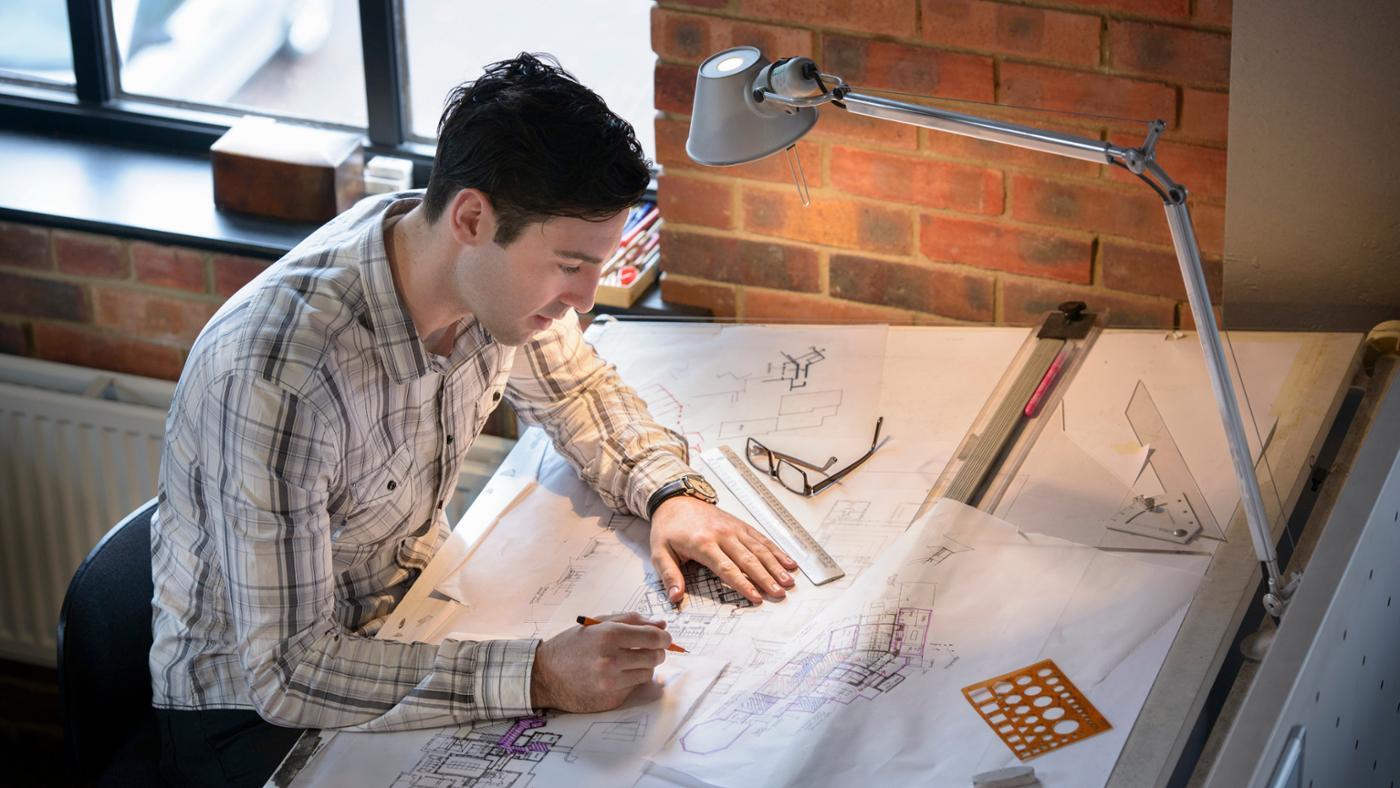
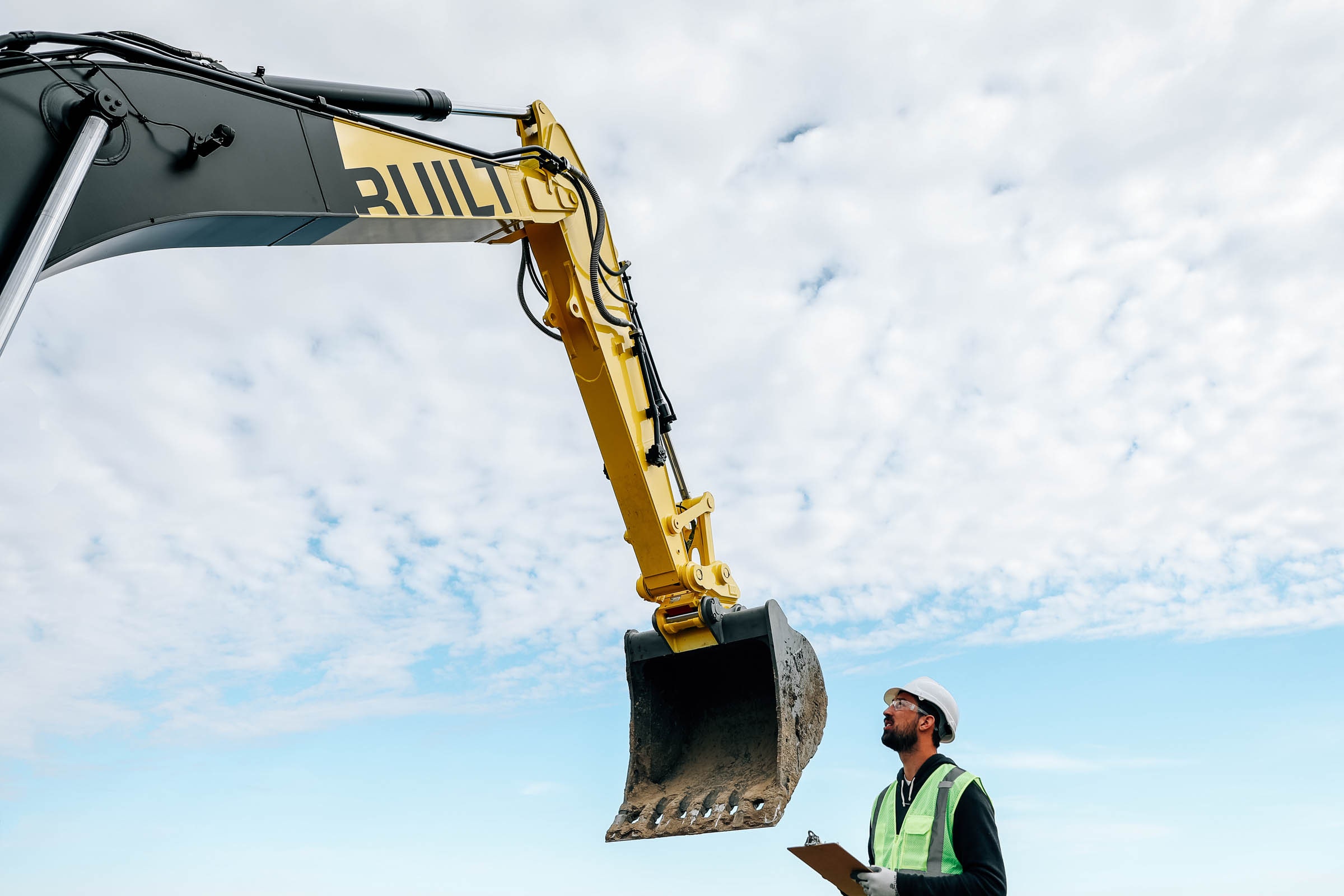
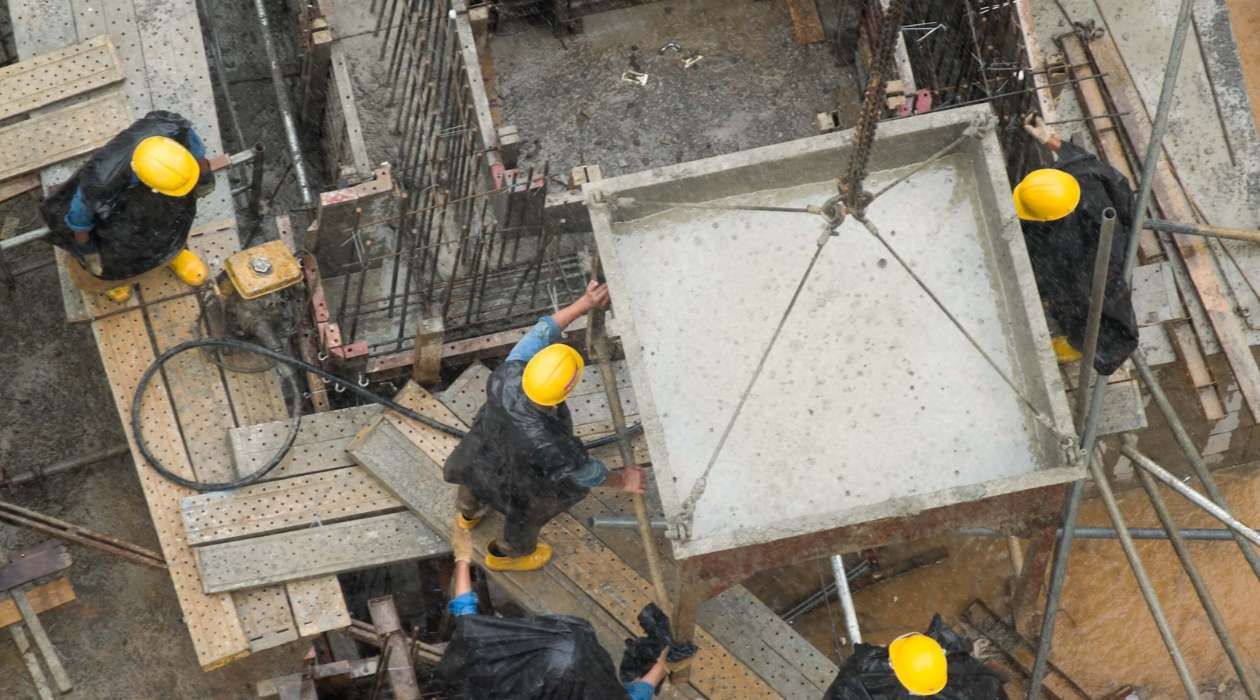
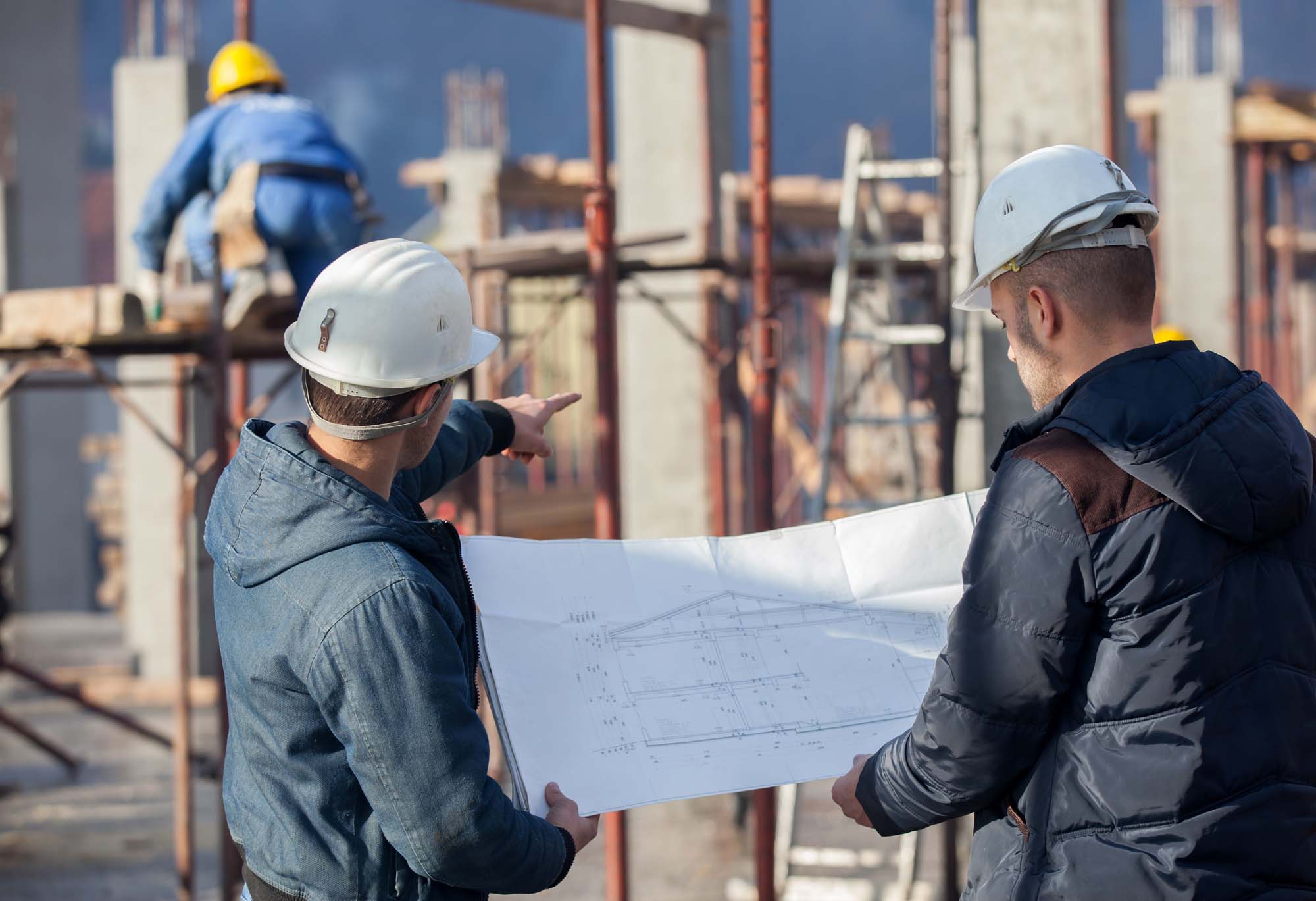
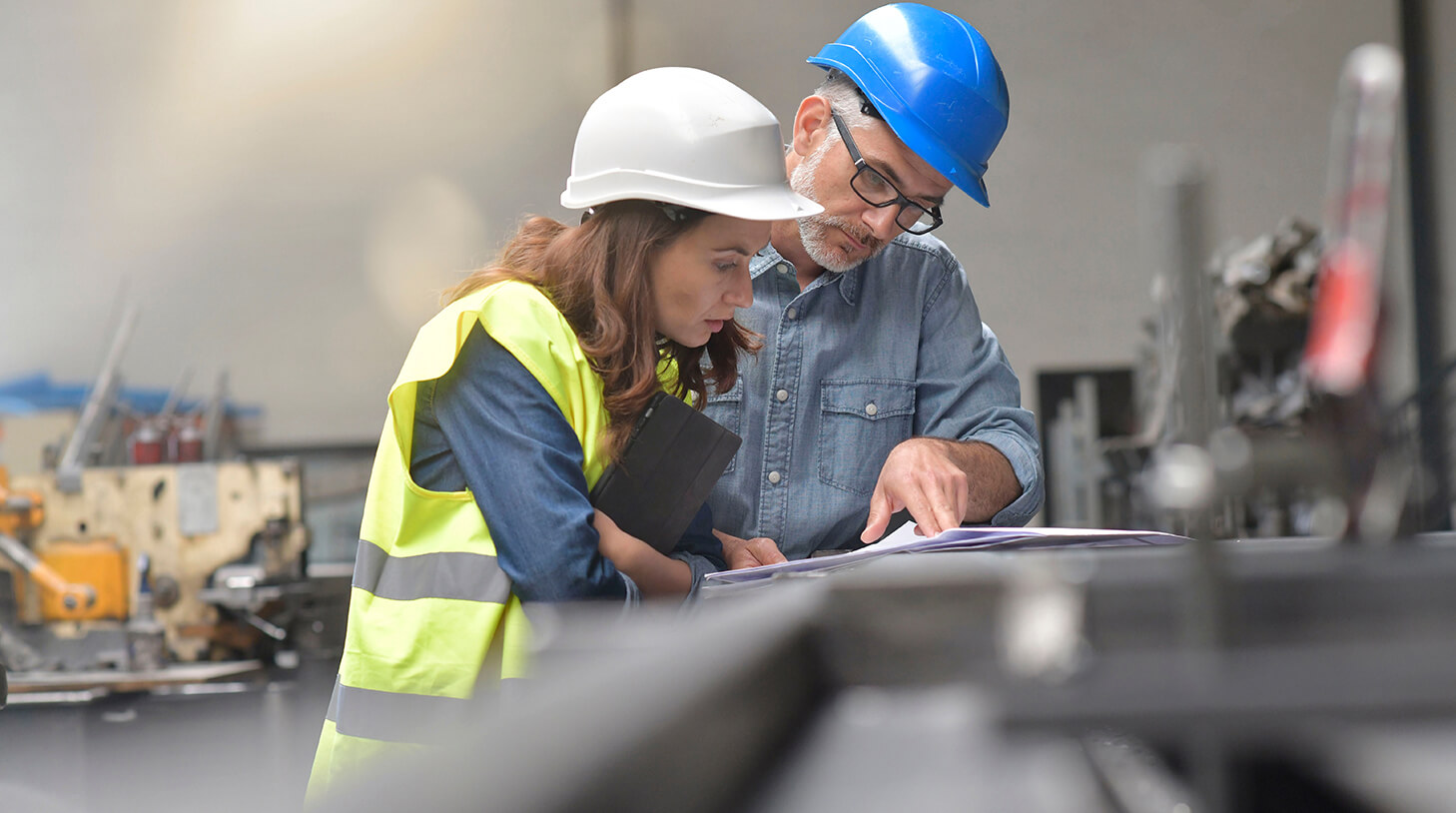
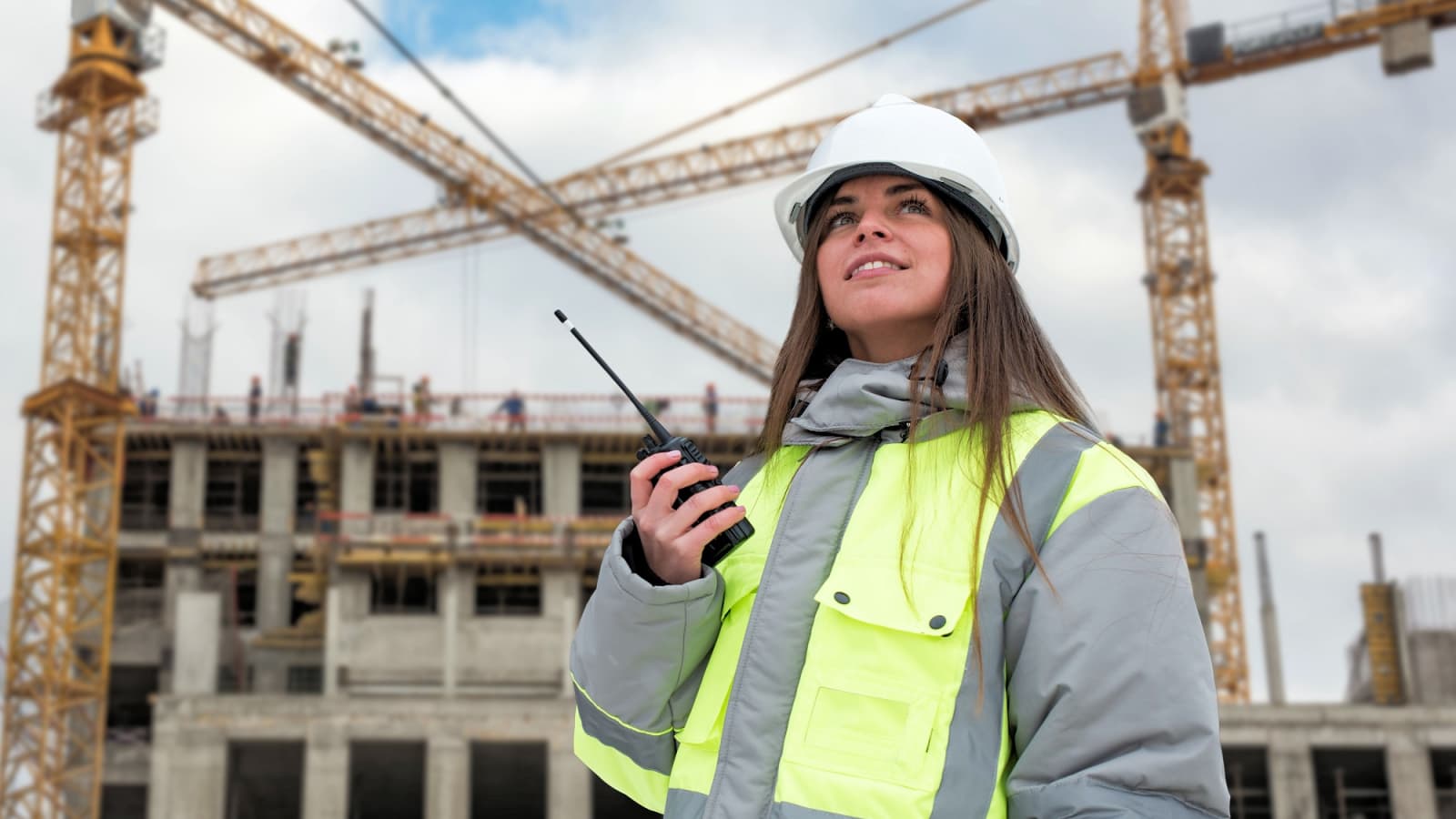

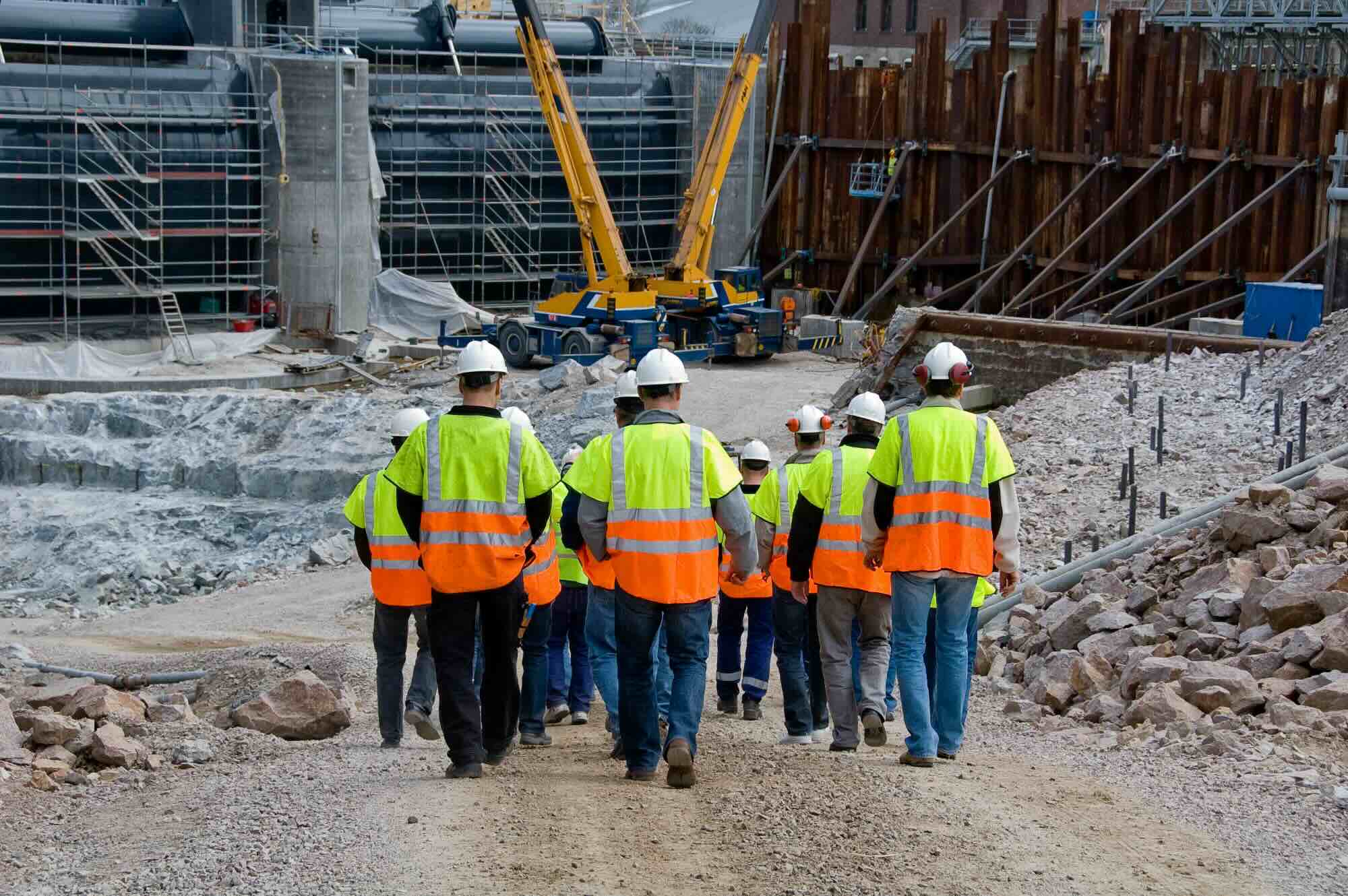
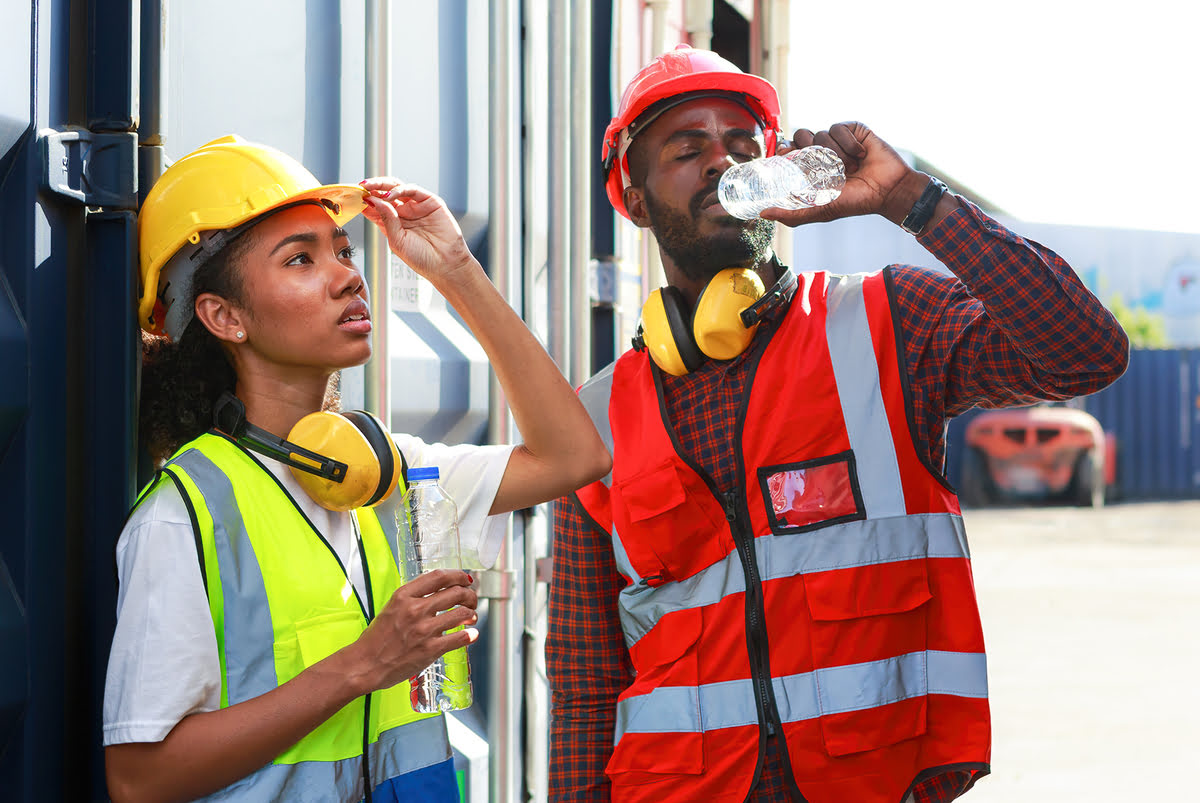
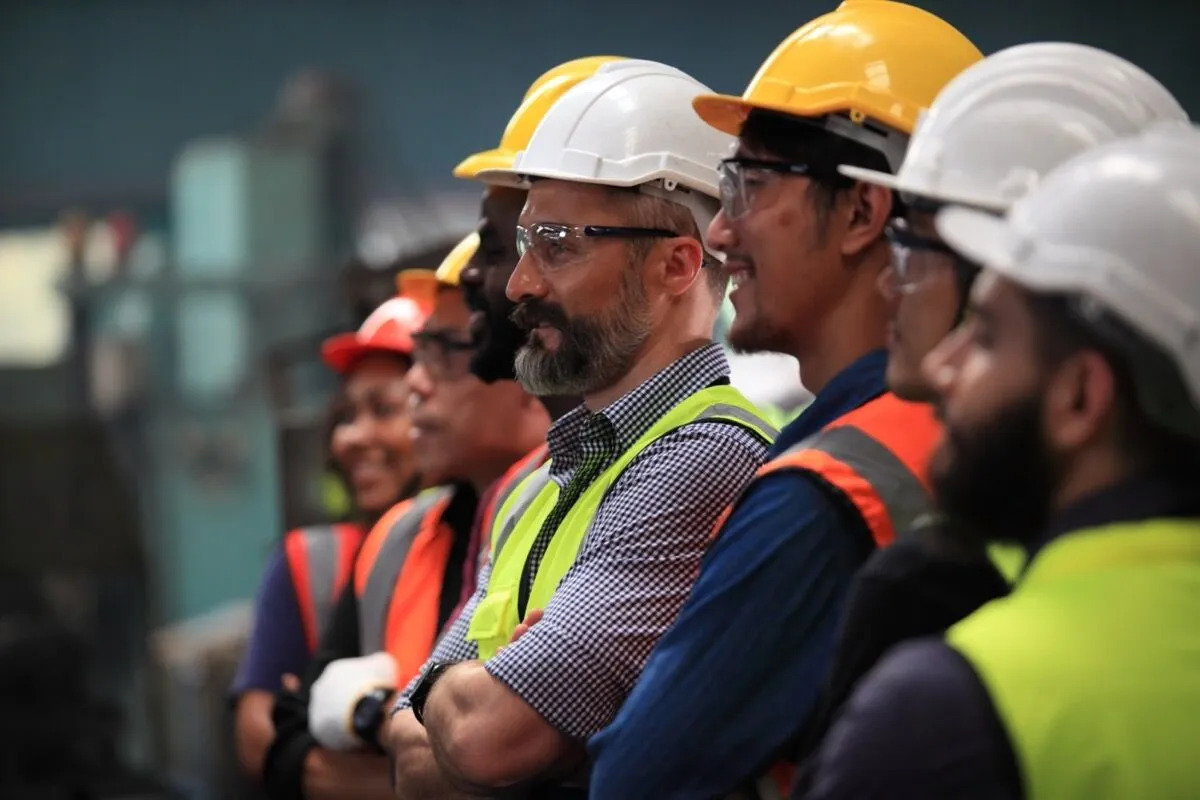
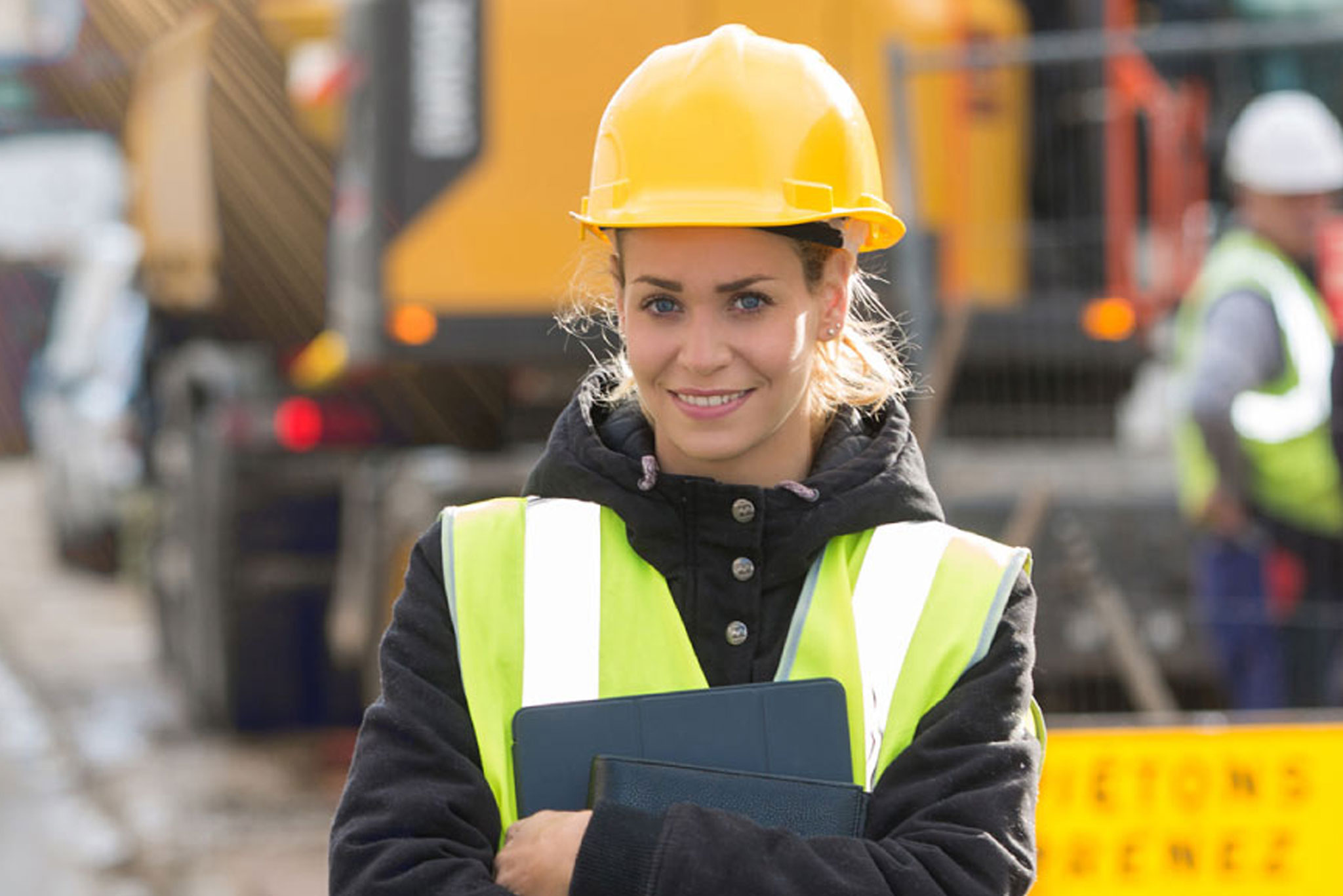
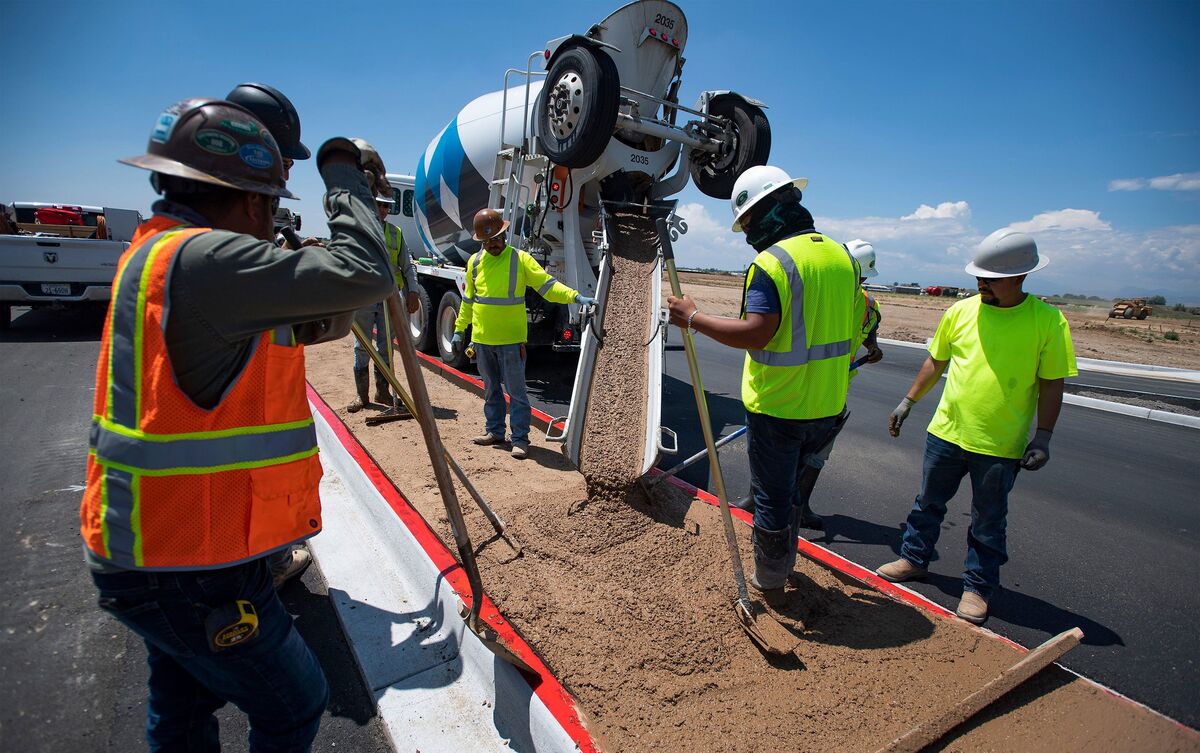
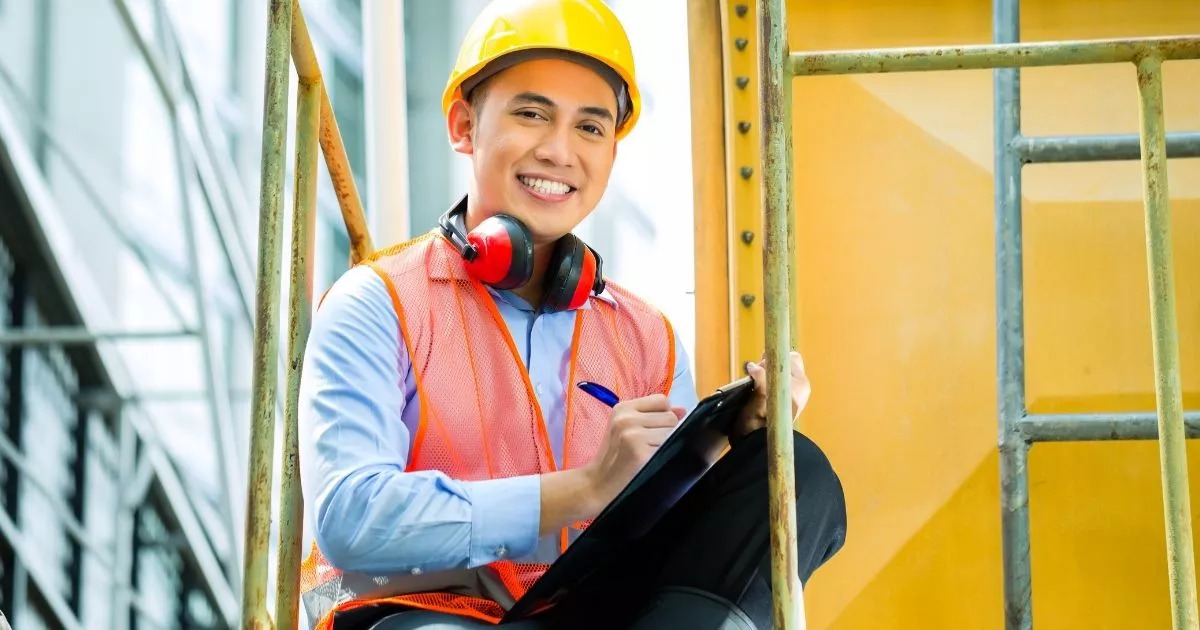
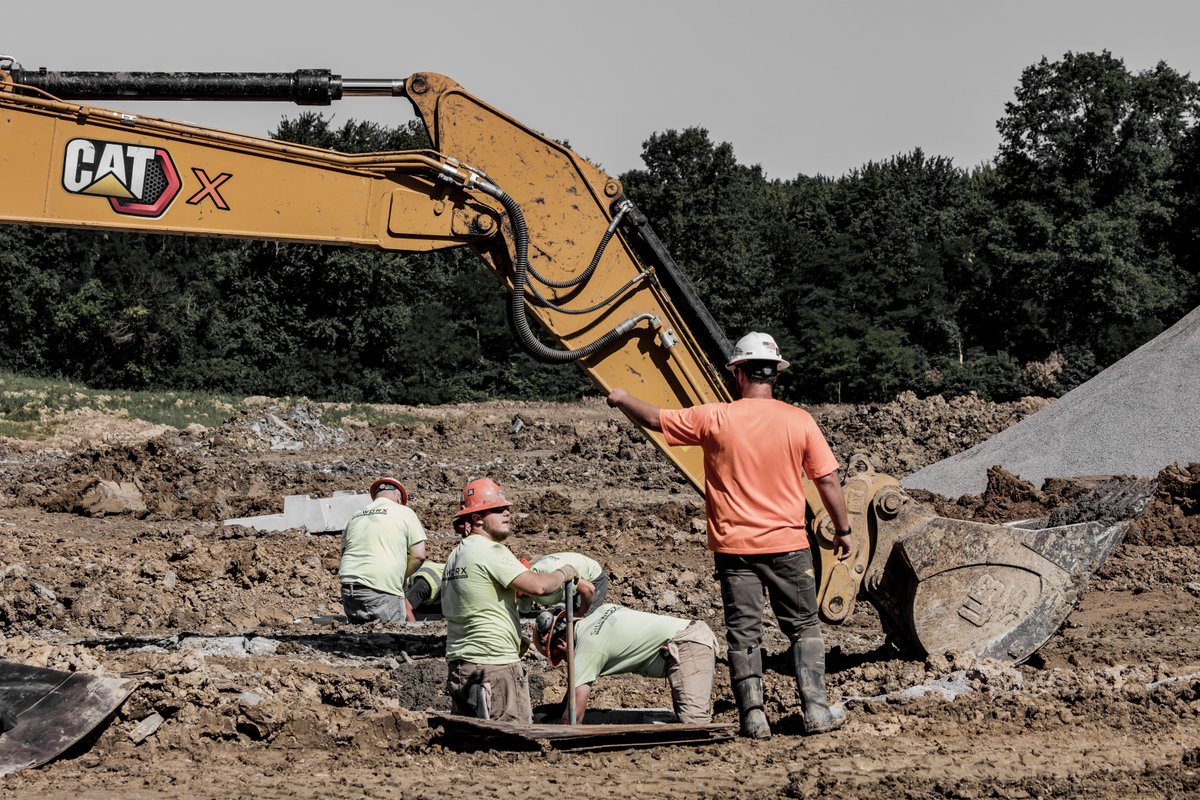

0 thoughts on “Why Do Construction Workers Wear Bright Colors”